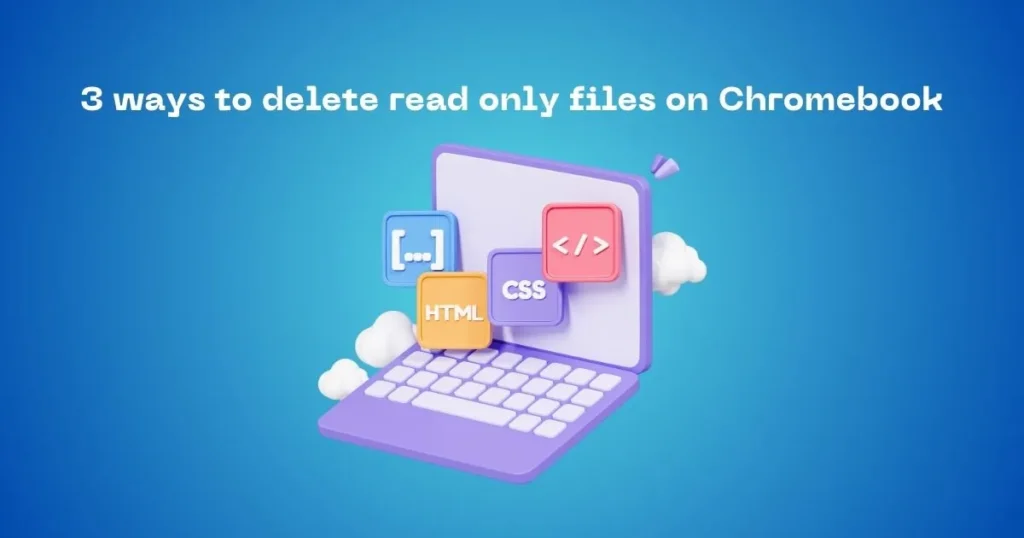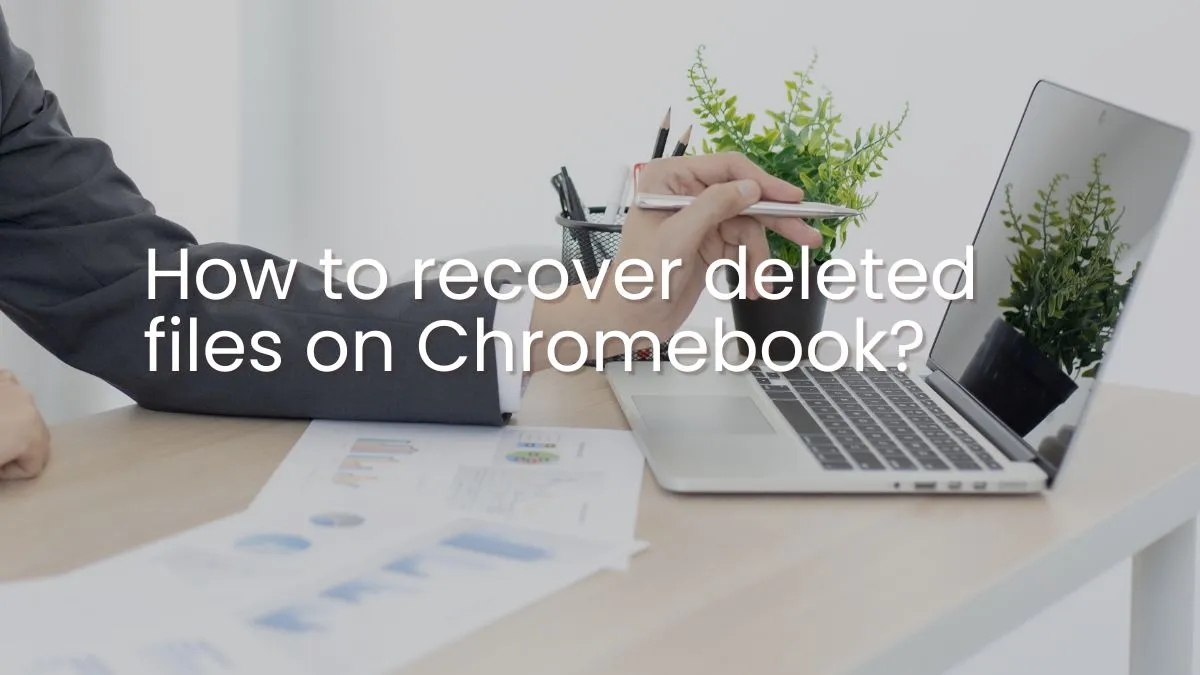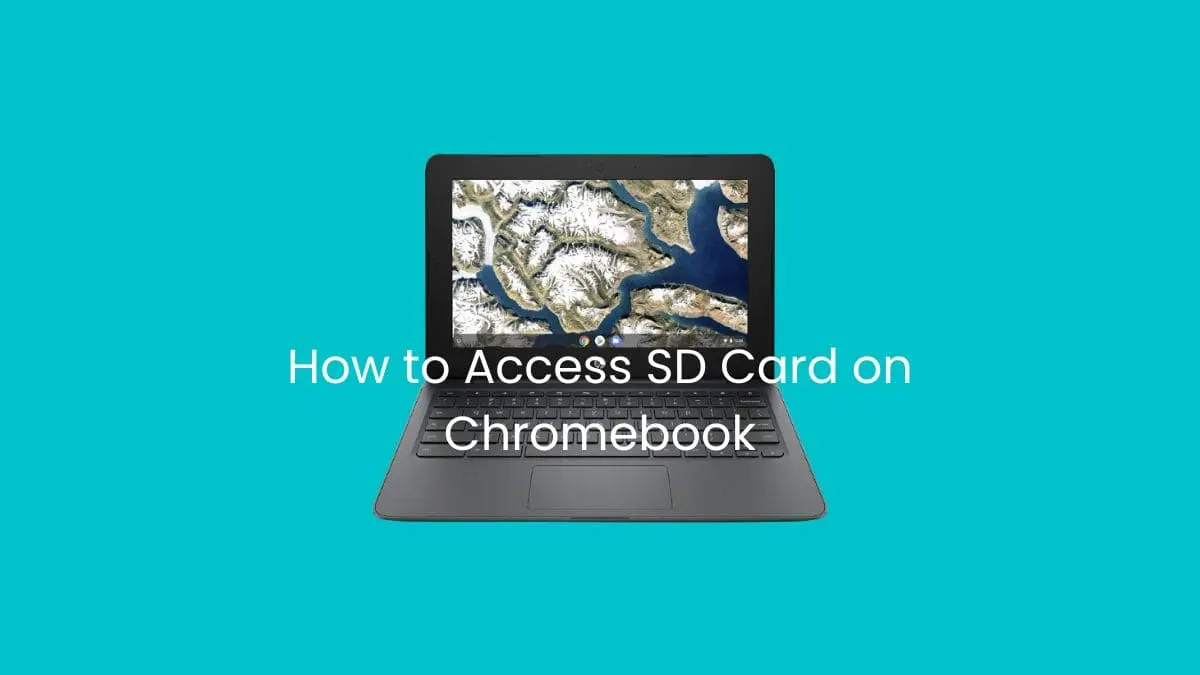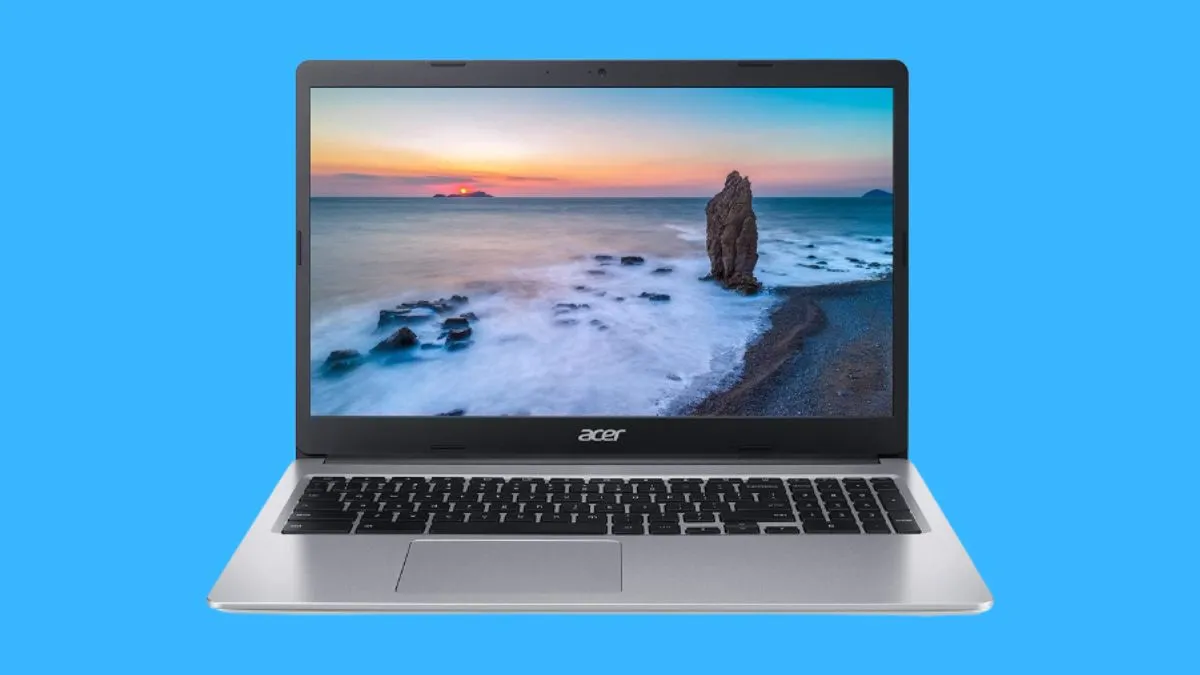Read only files on Chromebook can be a frustrating roadblock when trying to manage your files and documents. These files are essentially locked and cannot be edited or deleted, making it difficult to keep your device organized and clutter-free.
In this article, we will explore the various methods for deleting read only files on Chromebook, as well as provide tips and tricks for managing these types of files.
Tip: You can easily open unsupported files on your Chromebook by following some easy ways.
3 Methods for Deleting Read Only Files on Chromebook
There are a few different methods for deleting read only files on Chromebook, each with its own pros and cons. Let’s take a closer look at these methods and how they work.

Method 1: Changing File Permissions
One way to delete read only files on Chromebook is by changing the file permissions. This essentially gives you permission to edit or delete the file, bypassing its read only status. To do this, follow these steps:
- Locate the read only file on your Chromebook.
- Right-click on the file and select “Properties.”
- Under the “Permissions” section, click on the drop-down menu next to “Access” and select “Read and Write.”
- Click on “Apply” and then “OK.”
This method can be effective, but it is important to note that changing file permissions may have unintended consequences. For example, if the file is a system file, altering its permissions could cause issues with your Chromebook’s functionality.
Be cautious when using this method and only change permissions for files that you are sure won’t cause any problems.
Method 2: Using the Terminal
Another option for deleting read only files on Chromebook is by using the Terminal. The Terminal is a command-line interface where you can enter commands to perform various tasks on your Chromebook. To delete a read only file using the Terminal, follow these steps:
- Open the Terminal by pressing “Ctrl + Alt + T.”
- Type in the command “sudo rm filename.extension” (replace “filename” with the name of your file and “extension” with its file type).
- Press enter and then enter your password when prompted.
This method may seem intimidating to those who are not familiar with using the Terminal, but it can be a quick and efficient way to delete read only files.
However, as with any command-line interface, it’s important to enter commands correctly to avoid any potential issues.
Method 3: Renaming the File
A simple workaround for deleting read only files on Chromebook is by renaming the file. By changing the name of the file, it essentially creates a new version that is no longer read only. To rename a read only file, follow these steps:
- Right-click on the file and select “Rename.”
- Change the name of the file to something else.
- Press enter or click outside of the renaming box to save the new name.
While this method may not actually delete the read only file, it does allow you to essentially bypass its read only status and continue managing your files as needed.
Troubleshooting Common Issues
When dealing with read only files on Chromebook, there are a few common issues that you may encounter. Here are some tips for troubleshooting these issues:
Error Messages and How to Handle Them
If you encounter an error message when trying to delete a read only file, don’t panic. The first step is to read the message carefully and try to understand why the deletion was unsuccessful.
Some common error messages include: “Permission denied”, “File in use”, or “Insufficient privileges.” In these cases, try changing file permissions or closing any programs that may be using the file before attempting to delete it again.
Other Potential Issues and Solutions
Other potential issues with deleting read only files on Chromebook include external drives being set to read only mode, or the file being protected by an administrator.
In these cases, try changing the settings of the drive or reaching out to your administrator for assistance. It’s also possible that the file is corrupted, which may require more advanced troubleshooting methods.
Importance of Regularly Clearing Cache Files
While we’ve mainly focused on read only files in this article, it’s important to note the significance of regularly clearing cache files on Chromebook. Cache files are temporary data that is stored by websites and apps to help them load faster.
Over time, these files can accumulate and take up valuable storage space on your device. By clearing your cache regularly, you can free up space and potentially prevent issues with read only files.
Conclusion
In conclusion, dealing with read only files on Chromebook may seem like a daunting task at first, but with the right knowledge and techniques, it is possible to delete them and keep your files organized.
Remember to always be cautious when changing file permissions or using the Terminal, and regularly clearing cache files can also help prevent issues with read only files in the future.
With these tips and tricks, you’ll have a better understanding of how to manage read only files on Chromebook and keep your device running smoothly. So, go ahead and try out these methods and see which one works best for you!
![Why does my Chromebook keep disconnecting from WiFi? [2024]](https://laptopspapa.com/wp-content/uploads/2023/04/Why-Does-My-Chromebook-Keep-Disconnecting-from-WiFi.webp)




